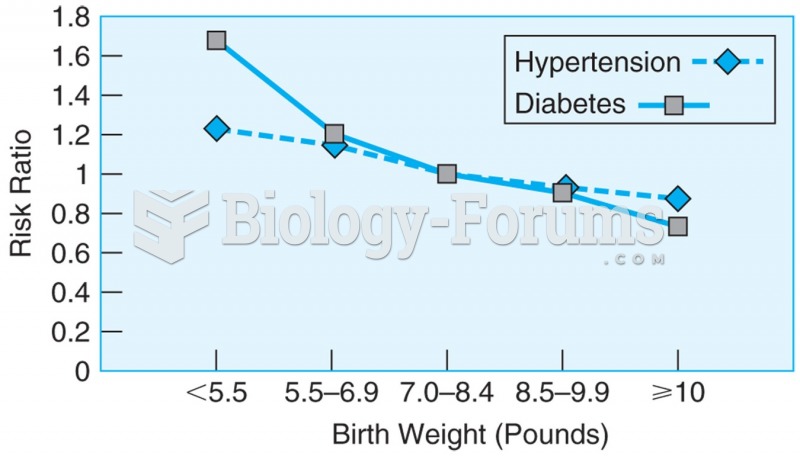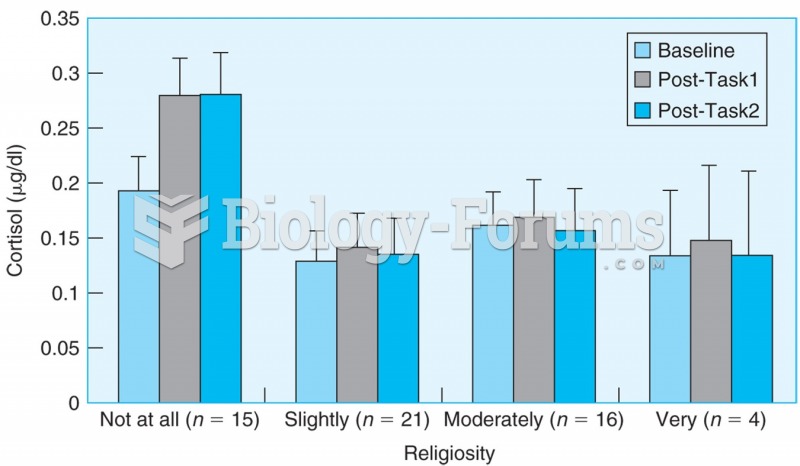Answer to Question 1
In an experiment, the researcher manipulates the independent variable and randomly assigns subjects to at least two groups: one where the independent variable is present and one (the control group) where it is not. The independent variable in the proposed study is
stress
. This could be operationally defined as requiring participants to solve an insolvable problem in a specific amount of time. In a hypothetical experiment, one-half of the participants would be given a problem that has no solution (the experimental group), and the other half (control group) would receive a problem that can be easily solved. Both groups would have the same amount of time to solve their problems. Participants would be allowed to eat as much of some snack foods that were made available as they wished, so the dependent variable of
overeating
would be defined in terms of caloric intake of the snack foods provided. Average differences in the amounts eaten by experimental and control subjects would then be calculated.
In a correlational study, subjects might be asked to list all of the stressful events that had occurred in their lives over the past thirty days. Each person would also be asked how much he or she ate in the past 24 hours (another definition of eating). If reported eating increased as reported stress increased, we could assume a positive correlation between the two variables.
The experiment would allow inferences about cause and effect (stress caused eating), but the correlational study would not allow such inferences since eating might induce stress or both eating and stress might be influenced by a third variable. The experiment's weakness would be the artificiality of the situation, reducing our confidence in generalizing results to the real world. The weakness of the correlation is not only the inability to make causal inferences but also inaccuracies that come from self-reports.
Answer to Question 2
c







